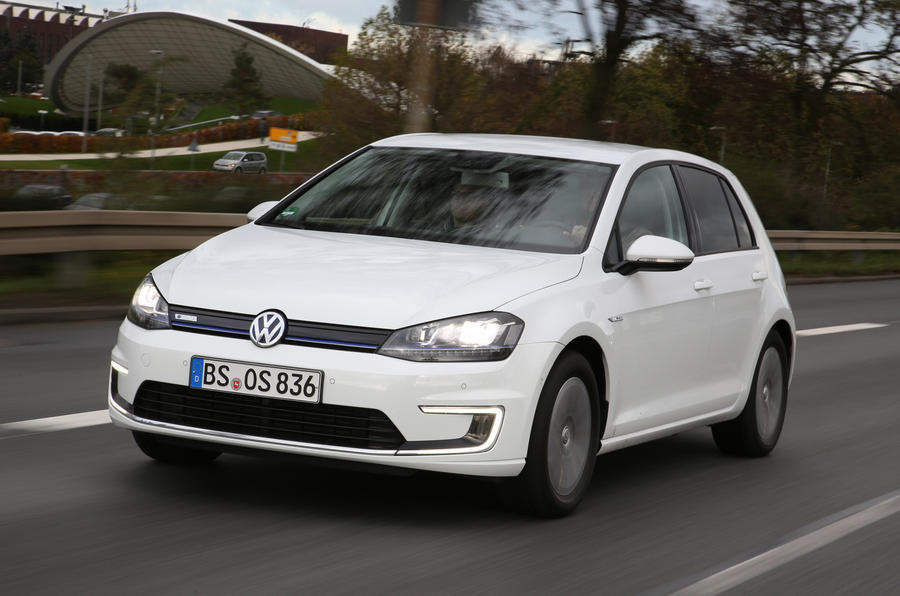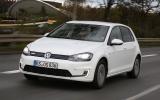What is it?
Volkswagen’s second series-production electric car – the Volkswagen e-Golf.
Following hot on the heels of the Volkswagen e-up, the new zero-emission version of Europe’s perennial best seller is planned to go on sale in the UK next spring at a price, Volkswagen’s head of R&D Hans-Jakob Neusser suggests, will see it undercut the recently introduced BMW i3.
Volkswagen has taken its time developing the e-Golf, resisting the urge to launch it until its advanced driveline was sufficiently mature — both in terms of performance and range — to fully meet customer expectations.
Now, with increasing political pressure at home to get zero-emission cars on the road and a rising public awareness of the ability of the latest generation of electric cars, the German car maker appears confident of its potential to finally place the e-Golf on sale.
Unlike BMW with the carbonfibre-intensive i3 – and Nissan with the Nissan Leaf as well as Renault with the Renault Zoe for that matter, Volkswagen has decided to base its new electric car around an existing model, the seventh-generation Volkswagen Golf; the reasoning being that a number of internal studies carried out in recent years have revealed potential electric car buyers are more interested in overall everyday practicality and ease of use than fancy styling and a sense of standing out from the crowd.
It is a typically conservative approach, but one that Volkswagen is confident will prove the right one over the longer term. Apart from a blue strip adorning its grille, a pair of e-Golf badges front and rear and full LED headlamps, there initially appears to be little else to differentiate the new e-Golf. However, a closer inspection reveals it boasts a number of detailed aerodynamic refinements that help it to slip through the air with greater efficiency than its more conventional combustion-engine touting siblings.
Included is a new front bumper with integrated LED daytime running lamps that mimic the shape of those of the e-Up, a closed-off grille to block the entry of air to the engine bay, additional underbody panelling for smoother air flow at speed, a rear spoiler atop the tailgate, so-called air guides within the C-pillars and a new rear bumper. The wheels have also been optimised with an aerodynamic design that is claimed to reduce turbulence within the wheel houses. The result is a claimed 10 per cent improvement in drag coefficient over the standard Golf at a claimed Cd of 0.28.
To help streamline assembly at its Wolfsburg-based manufacturing base and keep production costs in check, the e-Golf uses the same MQB platform structure and high strength steel body structure as other seventh-generation Volkswagen Golfs. One body style, a five door hatchback, is planned to underpin sales, although VW doesn’t rule out adding a three-door hatchback at a later stage, should demand warrant it.
Mounted transversely up front in the space usually occupied by the Golf’s wide variety of petrol and diesel powerplants is an in-house developed, engineered and produced synchronous electric motor. Tuned to operate at a maximum 12,000rpm, it develops 114bhp and 200lb ft of torque in the most liberal of three driving modes. Drive is channelled to the front wheels through an in-house produced single-speed gearbox, known as the EQ270.















Join the debate
Add your comment
Sad to see Autocar so easily
@buckingham
e-Golf & electric UK
That battery weighs 700 pounds